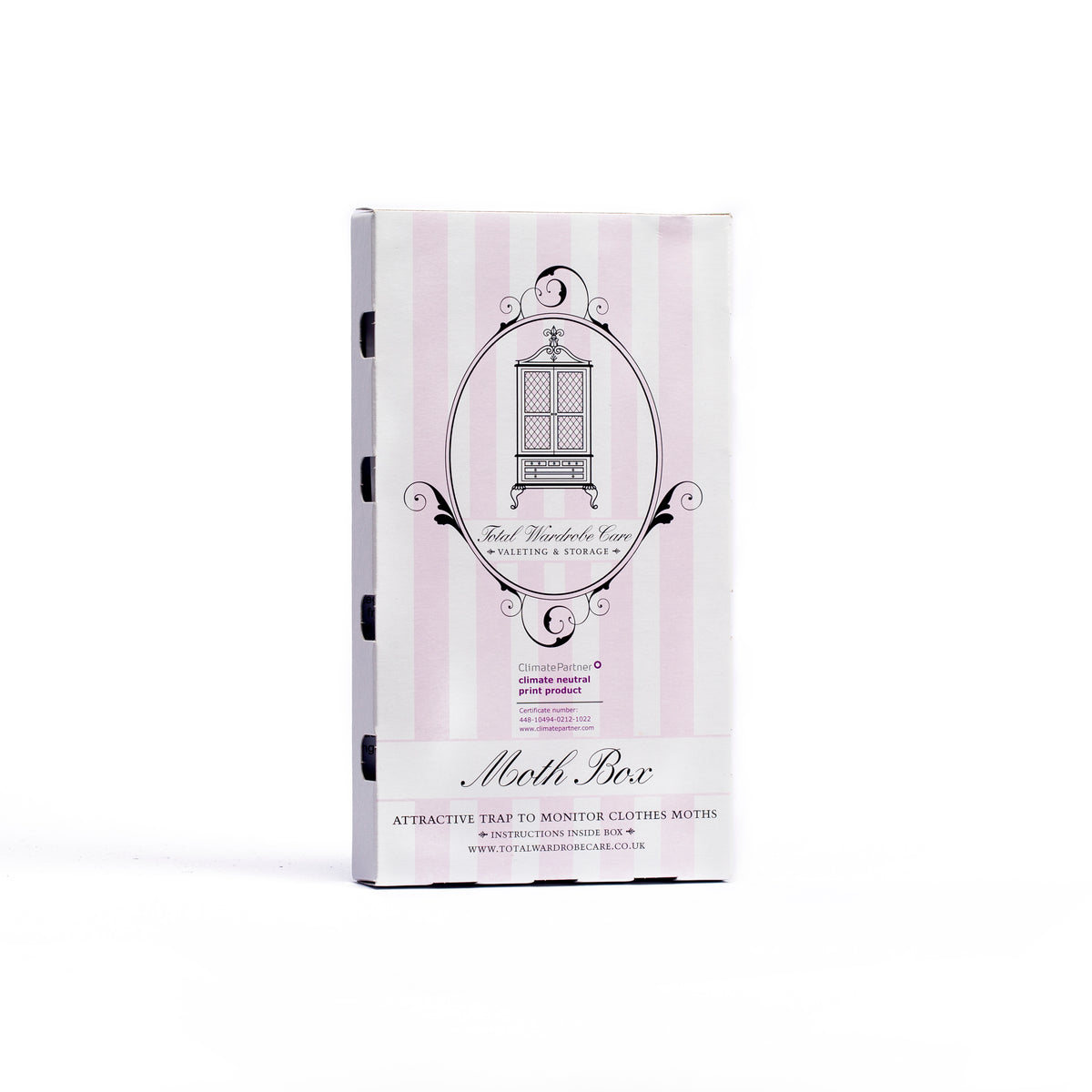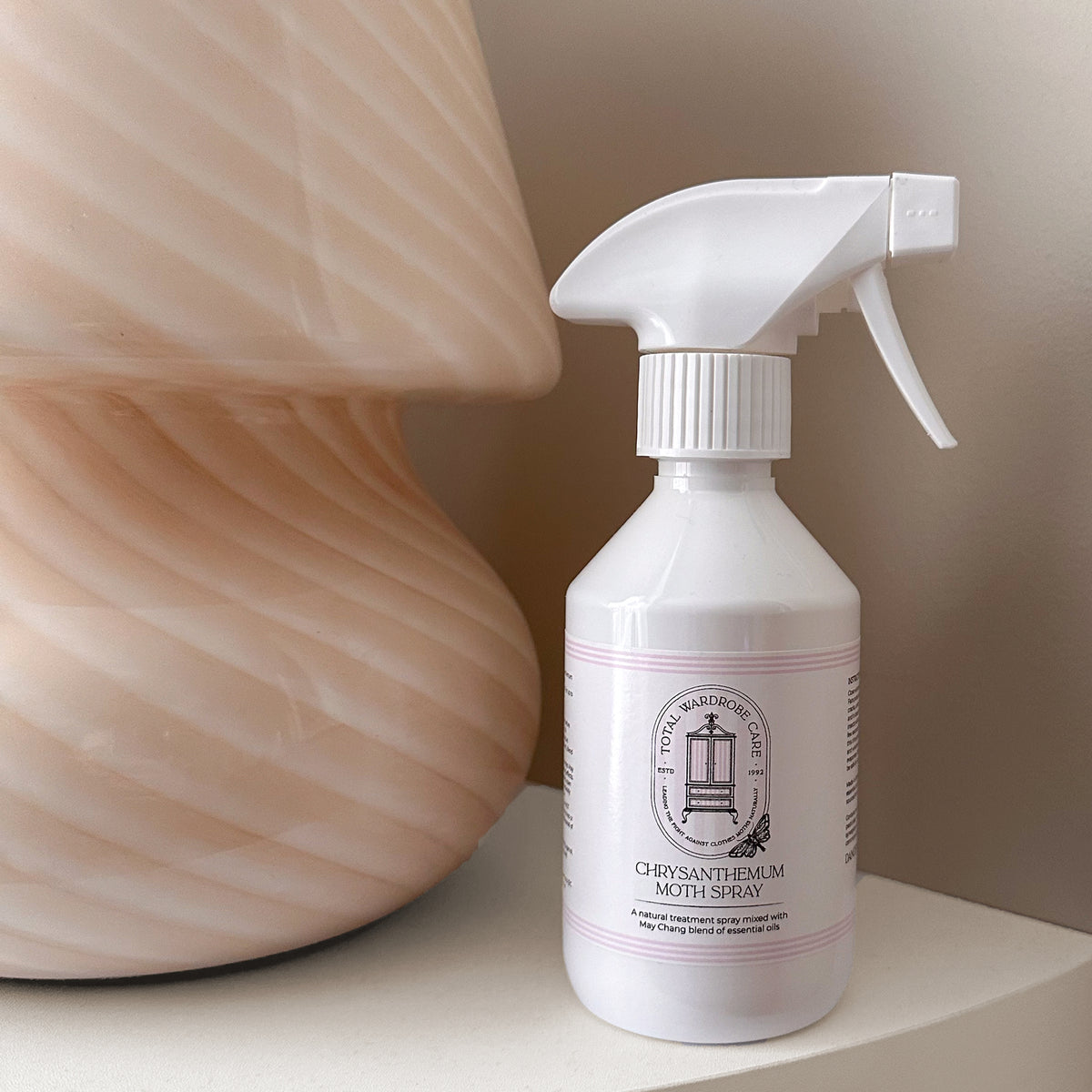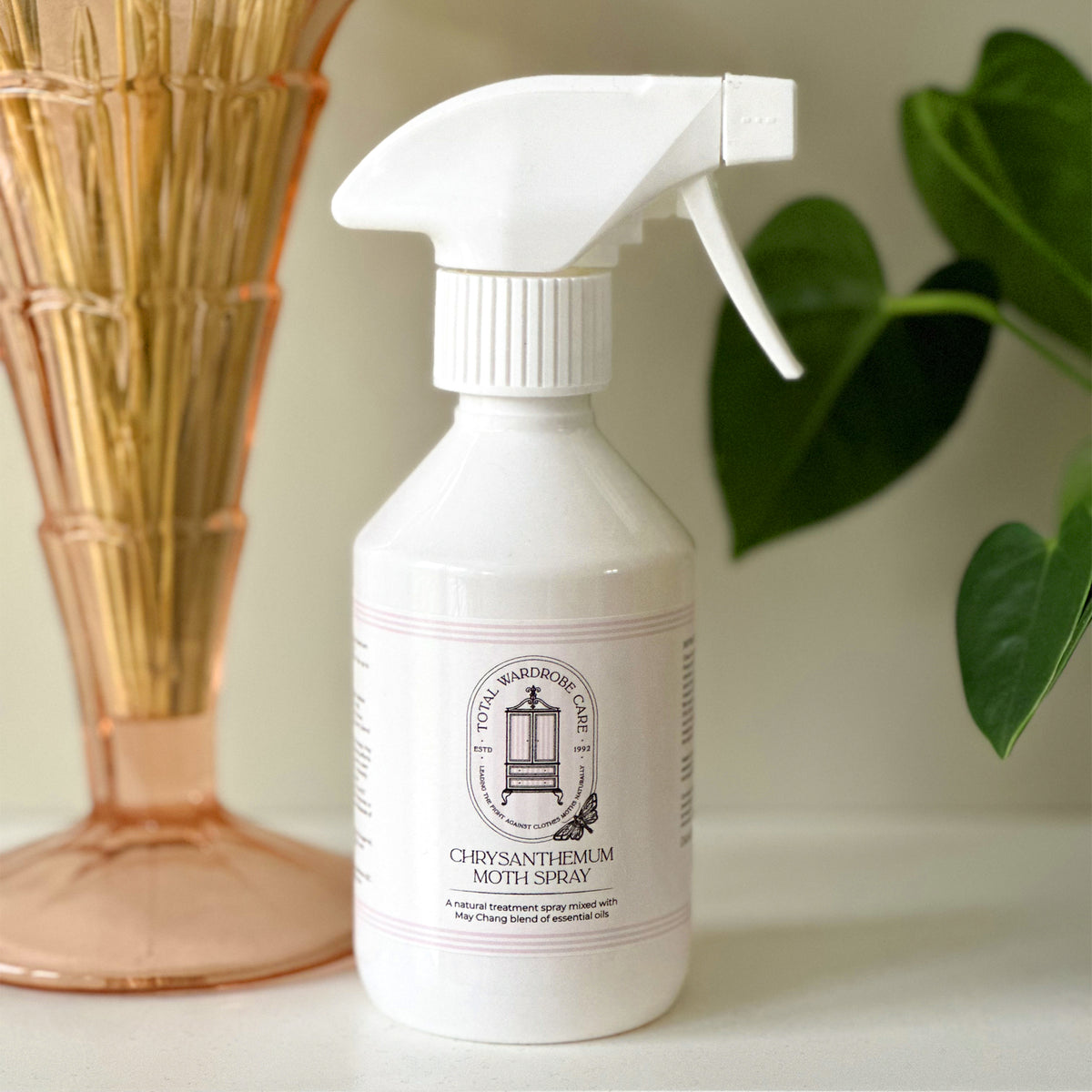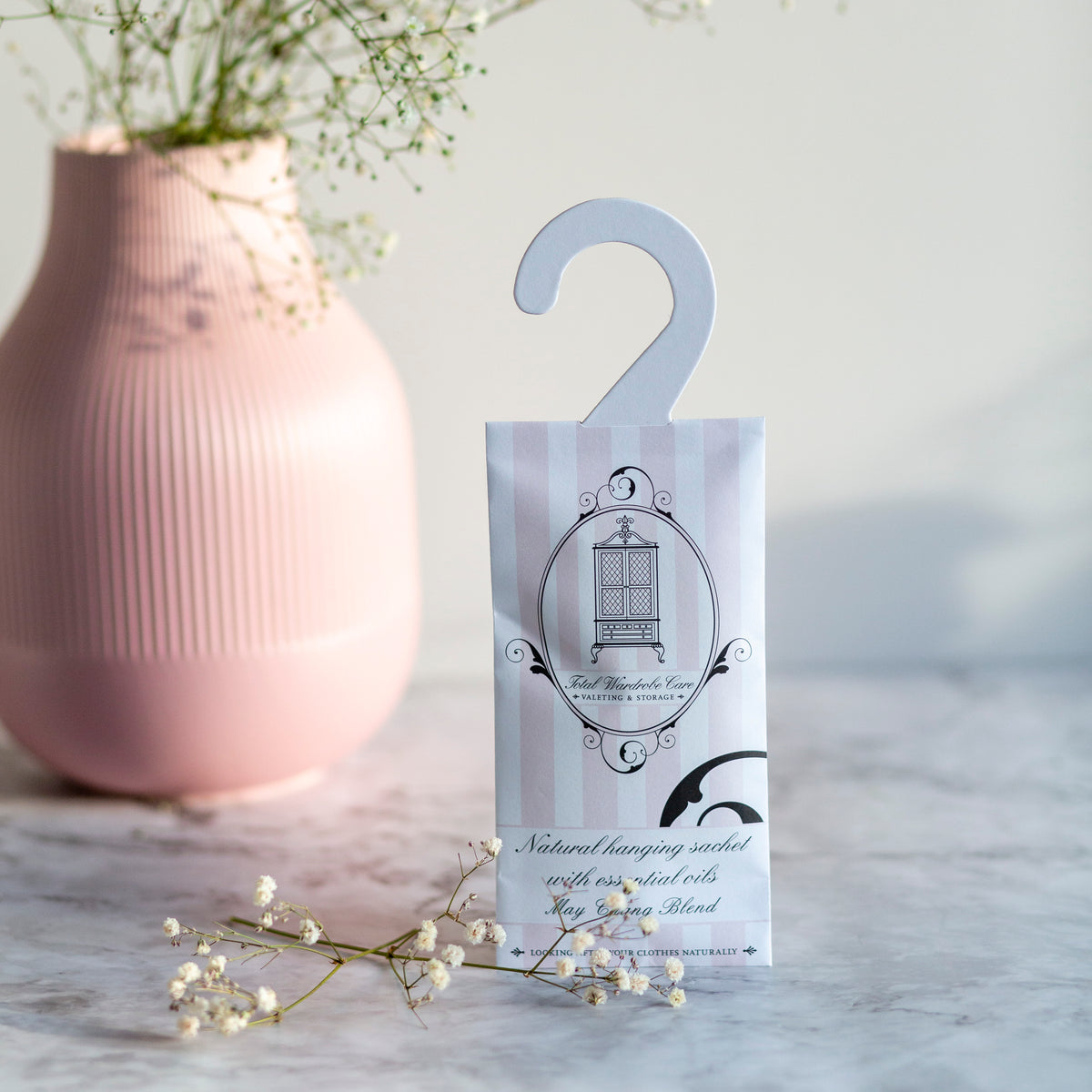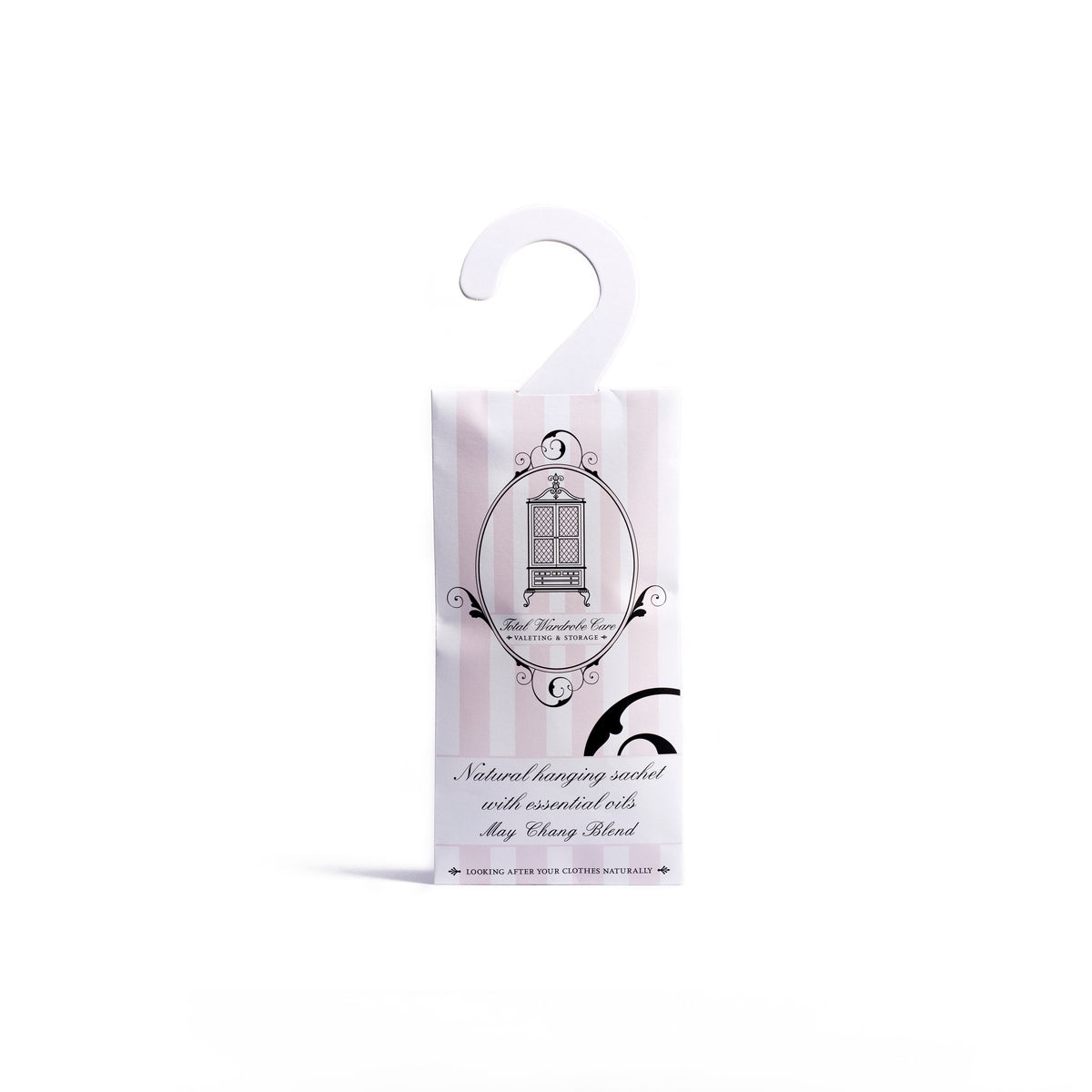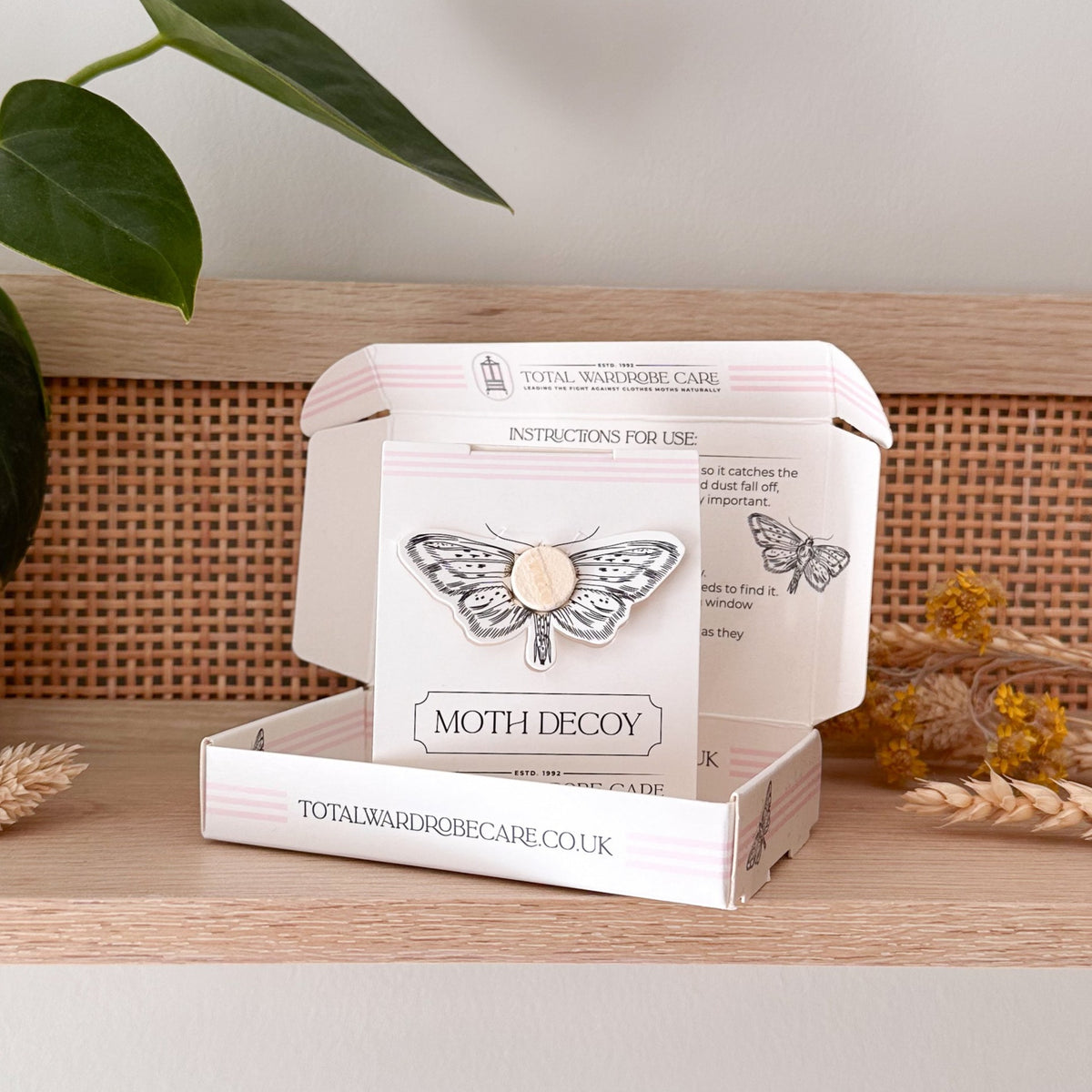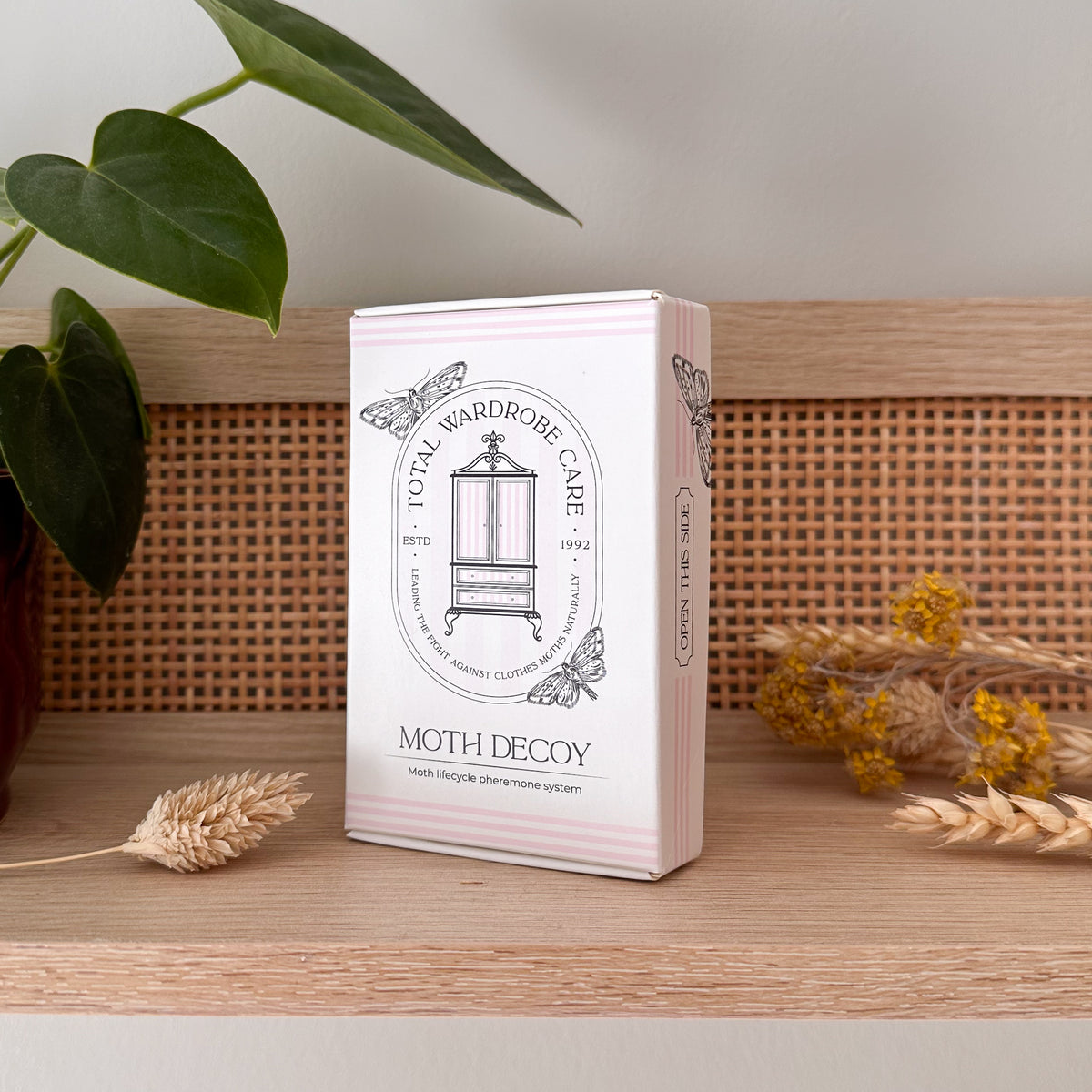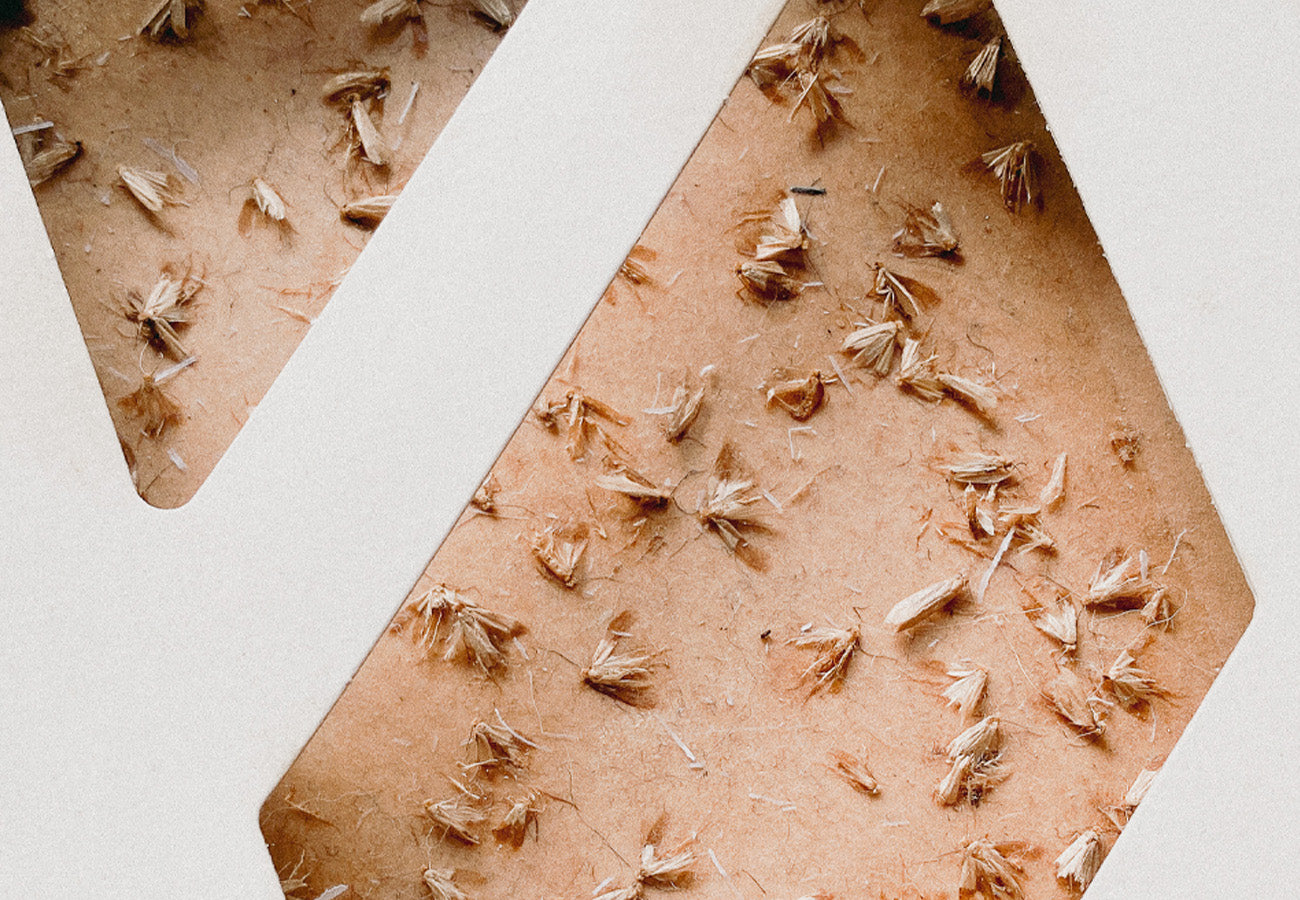Don’t get me wrong, when they’re out of control, clothes moths can be a real problem and cause a lot of damage and stress but please be assured that this is not a doom mongering blog. There are lots of really good methods to use and products available to help you get rid of clothes moth and keep them away.
ARE CLOTHES MOTHS ON THE INCREASE?
The experts say ‘yes’! These experts are conservators; they work in our museums and historic houses and are tasked with protecting the nations historic artefacts from deterioration which is caused by many things including light, temperature, humidity and human handling as well as a long list of pests. As such, conservators are also stealth pest control experts and they spend a large portion of their time monitoring and controlling the group of pests that attack our national treasures. They also carry out valuable research on new techniques for controlling these treasure-hungry beasts.
In 2017, English Heritage launched Operation Clothes Moth, a country wide data collection survey to get an idea of the number and distribution of clothes moths. It handed out 4,500 insect monitoring traps (little traps with sticky boards and pheromone which attracts male clothes moths) to members of the public who were asked to place them in their homes and report back on the number of moths caught.
After three months, the data from 42 English counties was collated and it showed that the Common or Webbing Clothes Moth (Tineola Bisselliella) was widely distributed across England and that it was most prevalent in the South and Southwest. It also found that clothes moths were more common in flat and apartment buildings built before the 1950s. This is because they have more places for clothes moths to hide in, such as voids under floorboards, disused fireplaces and attics.
In January 2020, in its annual pest review The National Trust reported that Silverfish and the Common or Webbing Clothes Moth (Tineola Bisselliella) were the most prolific pests among its properties with a clear North/South divide; silverfish being more prevalent in the North and clothes moth in the South of the UK. More recently, it has reported increases in pest numbers which the charity believes is linked to lockdown. With its properties closed and housekeeping reduced, insects have been left undisturbed and to their own devices;
WHAT IS CAUSING THE RISE IN CLOTHES MOTH NUMBERS?
A range of factors are jointly causing the increase in clothes moths in our historic houses and homes alike. Warmer winters and central heating mean that we are providing a year long summer inside our homes which enables them to complete more lifecycles throughout the year. The increase in use of natural fibres and greater accessibility to luxury materials such as cashmere means that there are more food sources in our wardrobes now for moths.
In ye days or yore, traditional moth balls were a standard addition to wardrobes but the chemicals were dangerous and are now banned. Frankly, moth balls were a bit like a nuclear option and now that that option is gone, successfully getting rid of moths means taking a more strategic approach.
Last but not least, we need to bring back the traditional spring clean because, as all conservators will tell you, the cornerstone of clothes moth management is good housekeeping. So, if you haven’t owned a pair of Marigolds before, now is the time to treat yourself to a pair!
WHAT TO DO IF YOU THINK YOU HAVE CLOTHES MOTHS
Let's start by following the advice of conservators and get cleaning. Clothes moths will lay their eggs in quiet, dark places where their larvae will be able to feed on an available source of food. Start by vacuuming the inside and top of your wardrobe making sure to use the thin nozzle to get the dust out of all the cracks and crevices. Vacuum under the wardrobe and other heavy furniture if you can because this area is considered prime real estate by moth larvae.
For serious infestations, empty your wardrobes and treat your room and wardrobe with our Chrysanthemum Moth Spray. We would do a deep clean twice a year, preferably when the seasons change in Spring and Autumn to coincide with bringing new season clothes out of storage and putting last season's clothes away.
Check all of your clothes for moth damage and make sure they are clean before you put them back in the wardrobe. Even clothes that have been worn once will have skin cells and body odour which can attract clothes moth even if you can’t see or smell this yourself. If you’re storing away clothes for the season, put them in moth proof storage bags. Our range of Storage Bags are moth proof and the bags are made with breathable fabric, not plastic, so your clothes can breath and do not develop mould.
Next, deter moths from entering your wardrobe by adorning it with a beautiful moth repelling scent. Essential oils have been used traditionally to deter moths because of their strong smell. Our range of scented products includes Sachets, Pot Pourri, and Scented Drawer Liners among many other lovely items. They all feature our bespoke moth repelling scents which include a range of these essential oils expertly blended by a perfumier.

For year-round protection and peace of mind, consider using our pheromone products. Using a Moth Box, which attracts male clothes moth on to its sticky board, provides an early warning sign for clothes moth. Combine this with the Moth Decoy which distributes the pheromone among the male moth population and stops them from mating for a full belt and braces approach. The Moth Decoy is very clever and warrants its own blog, so you can find out exactly how it works by reading The Science Behind The Moth Decoy.
NEED HELP?
Managing clothes moths is entirely feasible with the right tools and techniques but if you would like further advice and support, have a look at our Blog Pages or Contact Us.


